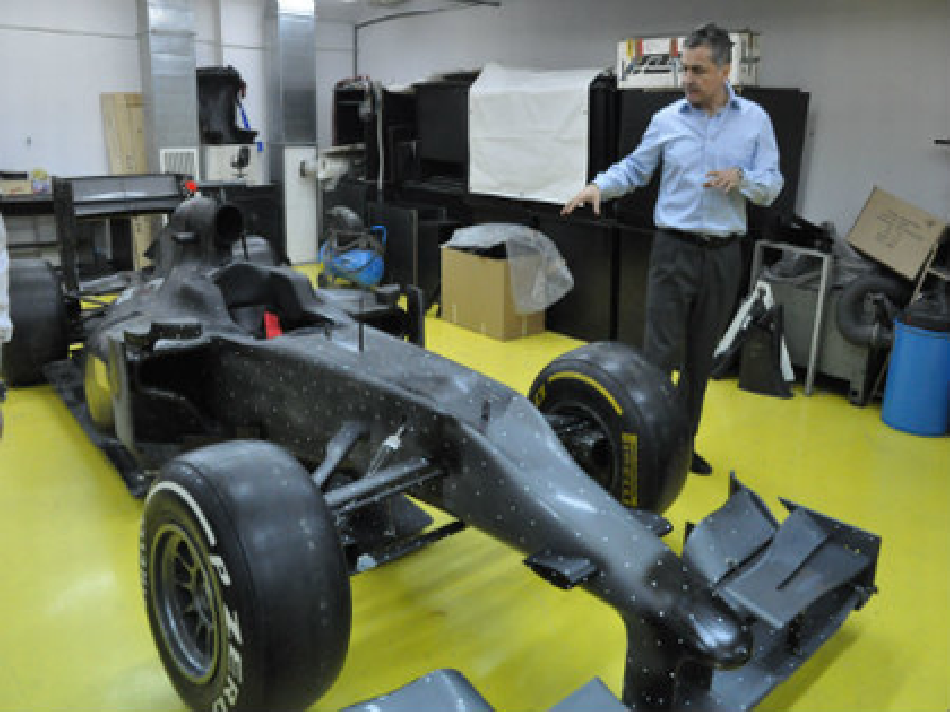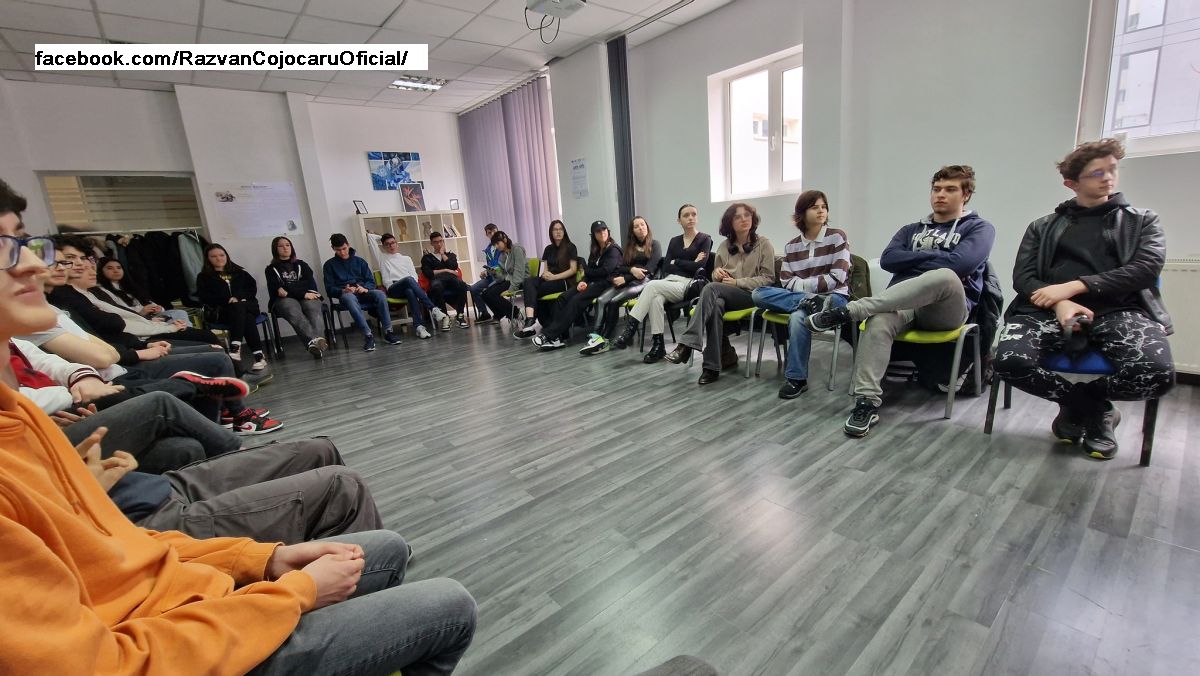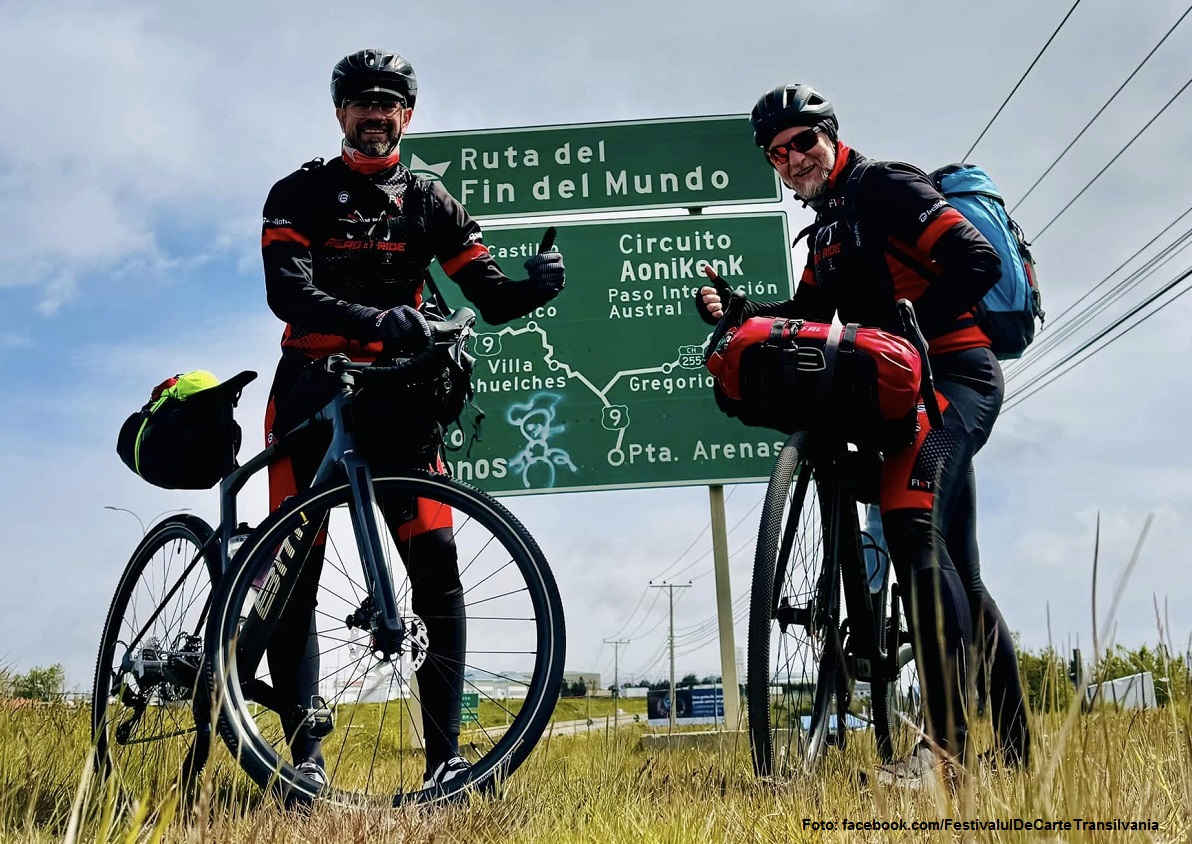Formula 1 Cars Made in Cluj Napoca
A group of ten teachers and students from the Engineering Department of the Technical University in Cluj Napoca worked for five years on a Formula 1 car commissioned by a company from Germany.

România Internațional, 01.12.2013, 00:48
Paul Bere is a university researcher and the man who earned the commission. A specialist in composite materials, Paul Bere became involved with the motor sports world in 2000. He started with Formula 3, moved on to Formula 2, the Le Mans races and finally Formula 1. After a post-doc scholarship in Germany, he now works for the Technical University in Cluj Napoca. For a while, he repaired small parts and built simple components needed to build Formula 1 cars before he convinced a German company to commission the University in Cluj with building a car. This 650-horsepower car made up of composite materials is worth almost 5 million euros.
We asked Paul Bere what it’s like to work for a Formula 1 company: “For me, this just means a lot of work and a lot of passion to solve the technical problems involved. It’s something I’m used to. When I first started working for Formula 1 companies I was very excited and used to take pictures of everything, but now I’m used to it. You work hard and you can’t make any mistakes, because you won’t get a second chance.”
14 monoposts have been built by the Technical University of Cluj. The last one was sent to Germany in mid April, to be equipped with an engine, electrical installations and breaks.
The reason why these monoposts have not been talked about much is that the team in Cluj works in conditions of maximum confidentiality as Paul Bere told us: “ Ideas have already been taken up by other teams from just one Formula 1 car we made in Cluj. It’s enough to see a photo or have an idea and somebody gets one step ahead of you.”
The Germans decided to make the monoposts here because the University has the necessary, high-tech equipment capable of making complicated parts in a short period of time, Paul Bere explained: “ All those who order parts made up of composite materials want them to be made quickly. Usually, people who order these parts are rich people, who are not used to waiting. It’s not possible to give them everything they want, when they want it, but our research helps us use modern technologies, which cuts the manufacturing period shorter. The equipment gets a CAD design or a solid part design, or a design made using the Katia program, and based on these designs the machines can built the solid parts in a very short period of time. They actually make the physical outlay in layers of plastic or metal, just like with a 3D printer. There are several technologies that can be applied here. Then they are verified and matrixes are built to make up the polymeric composite parts and materials enforced with special fibers, made of Kevlar carbon or other newer types of fibers.”
The building of monoposts was an excellent occasion for the Romanian researchers and students to study how composite materials are used and even to patent some inventions.
Paul Bere says composite materials have diverse applications: “You can use them almost everywhere. In constructions, for sanitary objects, in fields such as aerospace, formula 1 and medicine. I could see for myself how they are used in formula 1, it’s a lot of work, I must tell you. I think contributions should be made in the field of medicine as well, and I can tell you that we’re going to have some important achievements in this field, not as spectacular as a formula 1 car …but when you make prosthesis for a child, it’s something different from offering real toys to moneyed people”.
Lately more and more Romanian researchers have come into the spotlight. Their discourse, of revolt against the harsh conditions in which they had to work, has started to change. Paul Bere says there are reasons why Romanians are very appreciated abroad, and when they return to the Universities that formed them, they bring research projects and important funding.






























